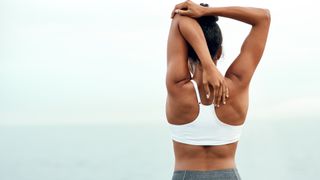
Any workout that targets the muscles in your back could help strengthen your back, core, and upper body. But you could also reduce back pain, build strength, and improve posture at home or in the gym with these three simple mobility exercises. Yep, no dumbbells, resistance bands, or any equipment at all — just three athlete-backed moves and 10 minutes.
Since I discovered the mobility and recovery app Pliability, which focuses on science-led stretching routines, mindfulness, and breathing, I have been rolling out one of the best yoga mats and upskilling my recovery routine. The latest launch is a back pain “pathway” backed by CrossFit athlete Laura Horvath.
I’ve plucked these three moves from the pathway, which are all accessible for any level of fitness and only require a few minutes each. If your goal is to improve posture, strengthen your back, and reduce back pain — this is for you. The quick routine combines passive holds and corrective movements to bring mobility, flexibility, and stability to your back and the muscles surrounding it.
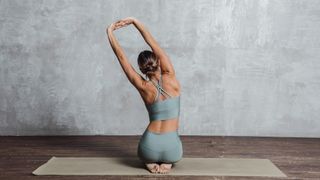
According to Horvath, mobility is a non-negotiable part of her training. “I use Pliability daily, and I’m excited about the back pain pathway as it’s a common problem area for most people. Whether you’re an athlete or not, practicing daily mobility to prevent back injury and improve strength should be a key part of everyone’s training and routines.”
The three moves take just a few minutes each as a standalone stretching session, or you could add them to other routines like these five shoulder stretches for tight shoulders. You don’t need the app to do them, just grab an exercise mat and check the images and instructions below to perfect your form.
The exercises might feel uncomfortable, but if you experience pain, reduce the intensity of the stretch or stop if it worsens.
3 athlete-backed upper body exercises without weights
Give these upper body exercises a try!
Sign up to get the BEST of Tom’s Guide direct to your inbox.
Upgrade your life with a daily dose of the biggest tech news, lifestyle hacks and our curated analysis. Be the first to know about cutting-edge gadgets and the hottest deals.
Cat-Cow: 1 minute 30 seconds
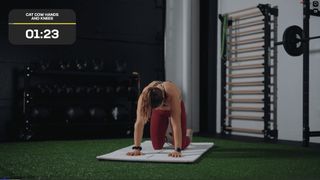
- Start on all fours with knees beneath hips and wrists beneath shoulders
- Take a deep breath, lift your chin and chest, and drop your lower back toward the floor
- After one deep breath, inhale, curl your chin and pelvis together, and pull your back up toward the ceiling
- Hold for one deep breath, then repeat.
Abdominals series: 2 minutes
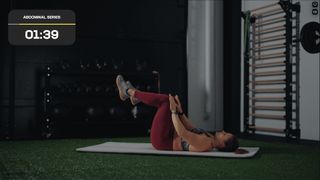
- Lie on your back, bend your knees, and plant both feet on the floor
- Try to flatten your lower back by tilting your pelvis toward your spine
- Pull your knees up to 90 degrees and press your hands into your thighs
- After 20 seconds, relax and bring your knees to your chest
- Repeat, but this time cross your arms and press hands into opposite thighs
- Hug your knees and repeat from the top.
Low lunge stretch: 3 minutes per side

- Start in a low supported lunge with your left foot planted down in front of you and right knee down behind you
- Take a deep inhale as you lift both arms into an overhead position
- On your exhale, gently push your left knee and hips forward into a deep lower-body stretch
- Softly push your chest forward to create a soft backbend and pull your shoulders back
- Continue breathing and hold for three minutes, then swap sides.
These exercises reduce tightness and aggravation by releasing and strengthening the muscles surrounding your spine and throughout the hips, glutes, and core muscles. Your back comprises the upper, mid, and lower regions, with most back pain presenting in the lumbar spine (lower back). But lower back pain could originate from tight hamstrings, hip flexors, or glutes, so I also recommend these stretches that help tight hip flexors for a well-rounded exercise program.
Your back muscles are responsible for posture, and muscles like the erector spinae (the muscles that hug your spine) are part of your network of core muscles that help straighten the spine and support side-to-side rotation. Your back and core muscles together help with movement including flexion, extension, and trunk rotation, and support, and stability.
These exercises should offer some relief, helping you achieve a better range of motion and posture during exercises like squats and deadlifts and lowering the risk of injury when lifting heavier weights.
According to the International Sports Sciences Association, good mobility is how well your joints move through a range of motion and accounts for motor control. Think about how well you can lift your arms above your head, for example. Practicing your mobility won’t just keep you safe, but could improve your athletic performance and help you lift heavier and move better in (and out) of the gym.
Remember, stretching has a short-term effect on your muscles, so perform these regularly to see long-term benefits.
More from Tom's Guide
- I did 50 plank hip dips a day for a week — here's the results
- Our fitness editor swears by this lower back stretch to relieve back pain
- I test running shoes for a living and these are the best under $100
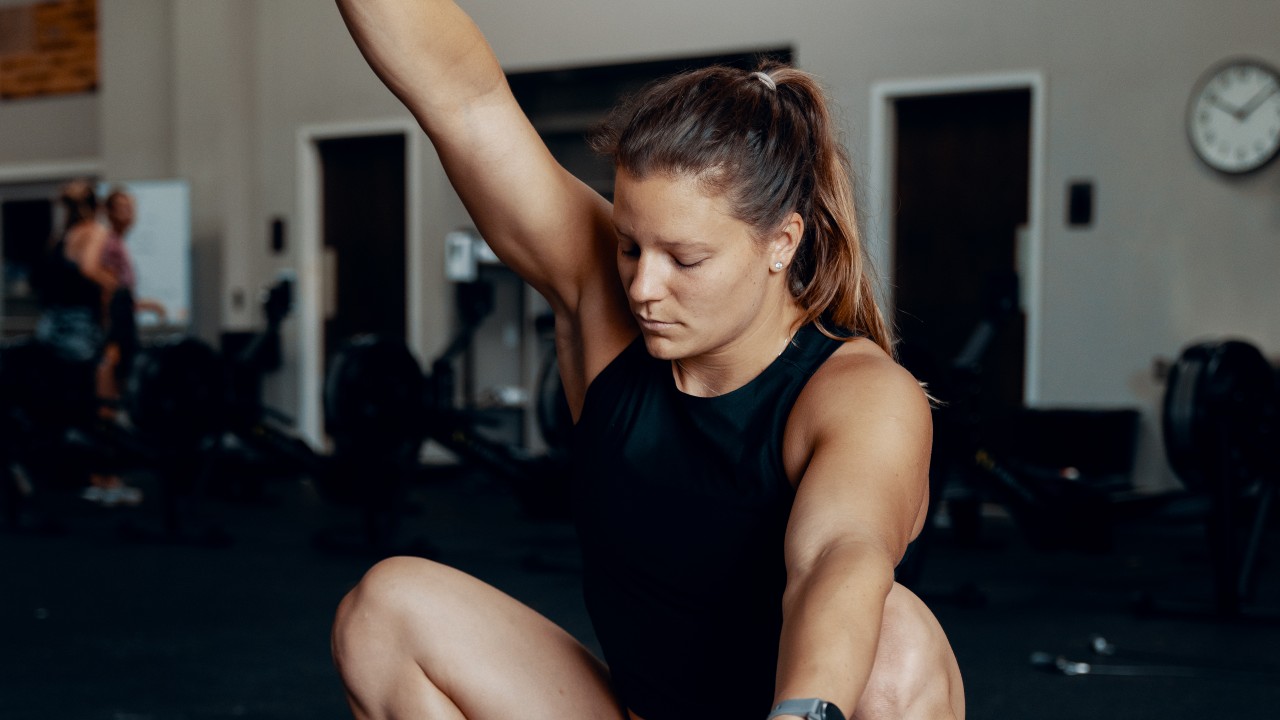

Sam Hopes is a level III fitness trainer, level II reiki practitioner, and senior fitness writer at Future PLC, the publisher of Tom's Guide. She is also about to undertake her Yoga For Athletes training course. Having trained to work with mind and body, Sam is a big advocate of using mindfulness techniques in sport and fitness, and their impact on performance. She’s also passionate about the fundamentals of training and building sustainable training methods. When she's not writing up her experiences with the latest fitness tech and workouts, you’ll find her writing about nutrition, sleep, recovery, and wellness.
